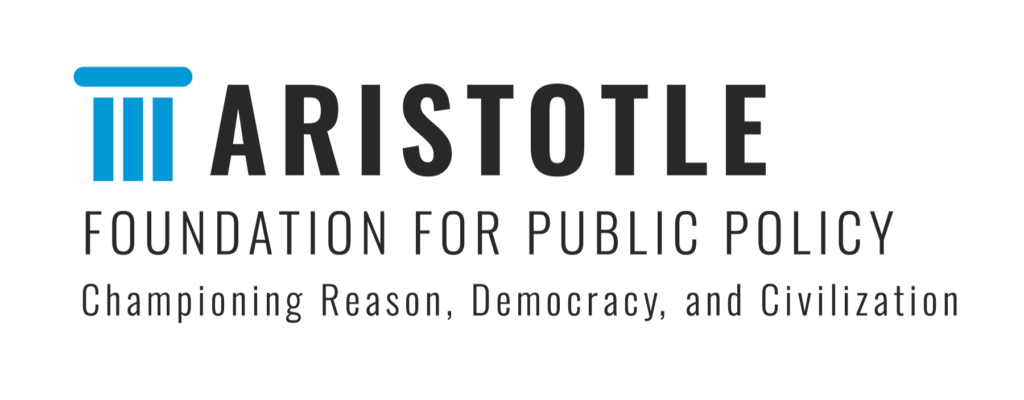
Matthew Lau, Financial Post, June 7, 2024
Milton Friedman’s first rule for government programs to alleviate poverty was: “If the objective is to alleviate poverty, we should have a program directed at helping the poor … There is every reason to help the poor man who happens to be a farmer, not because he is a farmer, but because he is poor.”
It seems obvious, does it not? And yet many government programs today, supposedly aimed at alleviating poverty, do not follow this rule. It is common today for government anti-poverty programs to be directed at people on the basis of something other than their financial status — including their race.
Thus the federal government’s poverty reduction strategy includes programs that target funds toward visible minority groups: for example, community supports targeted at Black Canadians and employment and skills training exclusively for Indigenous populations. But, as Friedman said, if the goal is to alleviate poverty, the program should be directed at the poor. Such programs should help poor Black Canadians and poor Indigenous Canadians because they are poor, not because they are Black or Indigenous.
David Hunt and I look at this problem in a new study for the Aristotle Foundation for Public Policy, Poverty and Race in Canada: Facts about Race, Discrimination, and the Poor. It is true that, using Statistics Canada’s “low-income after-tax” measure, an estimated 17.1 per cent of Canada’s Indigenous population and 14.8 per cent of its Black population are considered “low-income,” compared to only 10.6 per cent of the overall population.
Clearly, both Indigenous and Black Canadians disproportionately experience poverty. But if an anti-poverty program provides funding to people because they are Indigenous (rather than because they are poor), only 17.1 per cent of eligible recipients will be low-income while 82.9 per cent will not be. And anti-poverty programs that provide funding to Black Canadians on the basis of their race would have an even lower expected success rate for targeting the poor.
Nearly four million Canadians are in Statistics Canada’s “low-income after-tax” group. But because Canada’s Black and Indigenous populations are very small — only about 6.8 per cent of the population in total — they account for only a small proportion of Canada’s nearly four million low-income Canadians. To be precise, Indigenous Canadians account for only 4.3 per cent of the four million, Black Canadians only about 5.8 per cent.
That means an anti-poverty program available only to Indigenous Canadians or only to Black Canadians will exclude around 95 per cent of the low-income population. Meanwhile, although on average the white population is less likely to be poor, whites are the majority of the population and account for over 2.5 million of the nearly four million low-income Canadians. That’s 64.4 per cent of the total, with minority groups other than Indigenous and Black Canadians making up the balance.
Based on these statistics alone, it should be clear that if the aim of race-based programs is to combat poverty, they will miss their mark. But there are other reasons why they may not combat poverty effectively.
In a 1990 discussion of welfare programs ostensibly designed to reduce inequality, Thomas Sowell explained, “I’ve been doing studies now for 20 years of programs designed to increase equality. They increase inequality. Because even when the programs are designed for disadvantaged groups, they help the affluent members of disadvantaged groups while the lower members of those groups fall further behind than ever before.”
To use a modern Canadian example: the federal government requires its departments and agencies to have at least five per cent of the total value of their contracts, if not currently then by 2025, held by “Indigenous businesses.” But as was uncovered during the ArriveCan scandal, a single two-person firm received more than $200 million in federal contracts from 2015 on by bidding on tenders set aside for Indigenous businesses and then subcontracting that work out to other businesses.
The procurement policy may have been designed for a group that is relatively disadvantaged. But the benefits of the program went to affluent, politically-savvy members of that group and did little if anything to help poor Canadians, Indigenous or otherwise. In fact, the program only made things worse by burdening all taxpayers.
If the federal government really wants to help the poor through government programs that provide immediate financial relief, it needs to actually target funds to the poor. Targeting based on race is no way to try to reduce poverty.
Matthew Lau is a senior fellow with the Aristotle Foundation for Public Policy and co-author of Poverty and Race in Canada: Facts about Race, Discrimination, and the Poor.
Like our work? Think more Canadians should see the facts? Please consider making a donation to the Aristotle Foundation.

The logo and text are signs that each alone and in combination are being used as unregistered trademarks owned by the Aristotle Foundation. All rights reserved.
The Aristotle Foundation for Public Policy is a registered Canadian charity. Our charitable number is: 78832 1107 RR0001.
SUBSCRIBE TO OUR NEWSLETTER